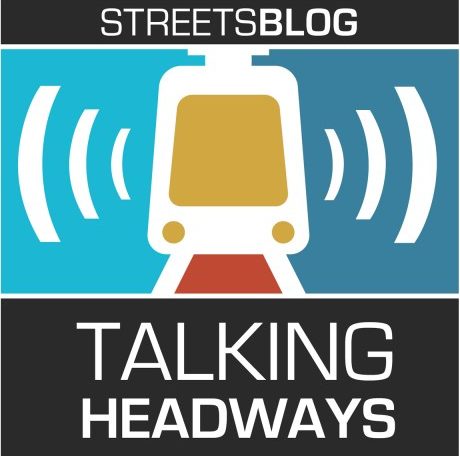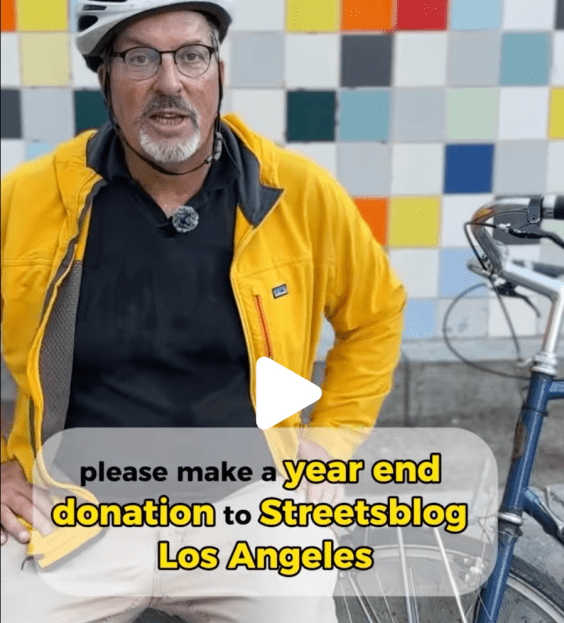This week, we're joined once again by Stephanie Gidigbi Jenkins and Helen Chin to talk about the one-year anniversary of the Infrastructure Investment and Jobs Act. They chat about what they liked, the issue with capacity for applying for and implementing grants, transformative justice, and what states are actually doing well.
If you prefer to read, there's a full unedited transcript here. But a nice, concise edited transcript is below the player:
Jeff Wood: It has been a year, but at the same time, because it has such a like a long runway in terms of how much funding there is and especially this bill and the Inflation Reduction Act, there’s so much stuff in it and it takes so long for it to kind of roll out. I’m curious if you’ve seen anything come out of this, if you’ve seen any positive results from this or if you haven’t seen any results from this and you’re just waiting or are you frustrated with anything that’s happened so far?
Stephanie Gidigbi Jenkins: I’m still deeply encouraged by the progress that has happened in many ways, at least at the administration level because Congress didn’t necessarily put in mechanisms, or even performance measures around, climate or equity for the infrastructure bill. What we have is an opportunity to actually build a lot of the things maybe with more of the values that we hope to see. And I think the administration has put out guidance immediately following the passage as to really centering those things that could help to transform our society for the better. We’ll see how that plays itself out depending on the final outcomes of the election.
The other piece, even with the passage of the Inflation Reduction Act, is we are trying to tackle multiple things in real time. The combined resources made available means that we could do it in an intentional and comprehensive way, if folks are intentional, otherwise it’s gonna be more of the same and actually create or cause even deeper harm that we’ve seen.
That’s the biggest challenge in this moment — folks not being aware of what’s happening and also the struggle of being able to really allow folks to understand the magnitude. The magnitude of this funding is what people are missing. When we were bailing out the banks in 2009 with the American Recovery Act, we were talking about $800 billion, but that’s half the money that we’re talking about for climate portion of the inflation Reduction Act. But then when we think about the stimulus funding, the recovery funding that was offered, we were talking about $1.9 trillion and then the infrastructure bill is $1.2 trillion.
So we’ve got almost four times the amount of money that we spent over a decade ago and at that time they had six years. We have four years for this to all be spent down. So both the magnitude and the time span that folks have to make some real intentional decisions is really the biggest concern for me and the importance of us being able to elevate why this matters.
Helen Chin: At the local level, folks are still trying to just navigate the Covid dollars that they got through the American Rescue Plan. Like the final tranche of those resources were allocated in mid-October and folks are still trying to figure out like what do I do with this? How do I use these dollars to address my immediate needs? And they don’t even have the bandwidth to really think about that this next wave of dollars is coming through with the BUILD money. So I think folks are in a place where you know, they’re trying to play catch up and really connect to what the opportunities are.
And I think one of the things that’s most important, especially for folks like a Communities First or other intermediaries that are trying to help navigate in this space is just trying to give people the space of abundance to sit, think, and actually develop strategy to be able to connect to these dollars in a more meaningful way. The other thing that Stephanie brings up a lot is that during the American Rescue Plan, what the administration was really intentional about is actually having a level of accountability for how those dollars were gonna be spent. So governors put forward like a plan, like you had to be intentional, like how are these dollars actually going to help those most impacted as it relates to covid?
And in that moment what you saw was I feel like a very intentional and thoughtful articulation around how we were gonna be equitable around the distribution of these dollars. And for me, I feel like that may be a gateway to thinking about then how we program for the infrastructure dollars. Because what we’re seeing is, as Stephanie mentioned, those dollars have hit the street with no guidance and we’re gonna have to be thoughtful because again this is over a trillion dollars that are gonna be spent. And the concern on one hand is that what we’re doing is just putting more money on top of what is an existing problem or existing bad infrastructure.
But if we could be thoughtful about this, it could be an opportunity to actually repair a lot of our infrastructure. It could be a way to think and transform our infrastructure so that it’s actually serving all communities. So that’s one of the things that brings me a little hope and joy at the end of the day. The proposition of that.
Stephanie Gidigbi Jenkins: The state and local recovery plans were issued by the Treasury, which actually asked the question, "How are you gonna ensure that your plans are implemented equitably?" Every state had to answer that question. And they also had to answer the question around how are you intentionally leading and supporting community engagement? And I think for me, going back through those responses on the interim reports that each state had to submit, you would be so surprised by places like Florida and Georgia and Iowa and Kansas and the ways in which governors showed up at a whole different level and being accountable to their residents and centering those who are most at need.
That's important because 90 percent of the infrastructure bill funding is gonna be implemented at the state and local level. There’s a great opportunity for us to have a different type of conversation around centering equity and centering those who are most at need. They did it already — literally like they had to submit a report that asked the question and they all put together, everyone had to respond, two did not, but the rest of the 48 did. And it’s in the spaces and places that you would never have expected. It was the states that I didn’t expect that had some really comprehensive strategies for how they were really centering their communities.






